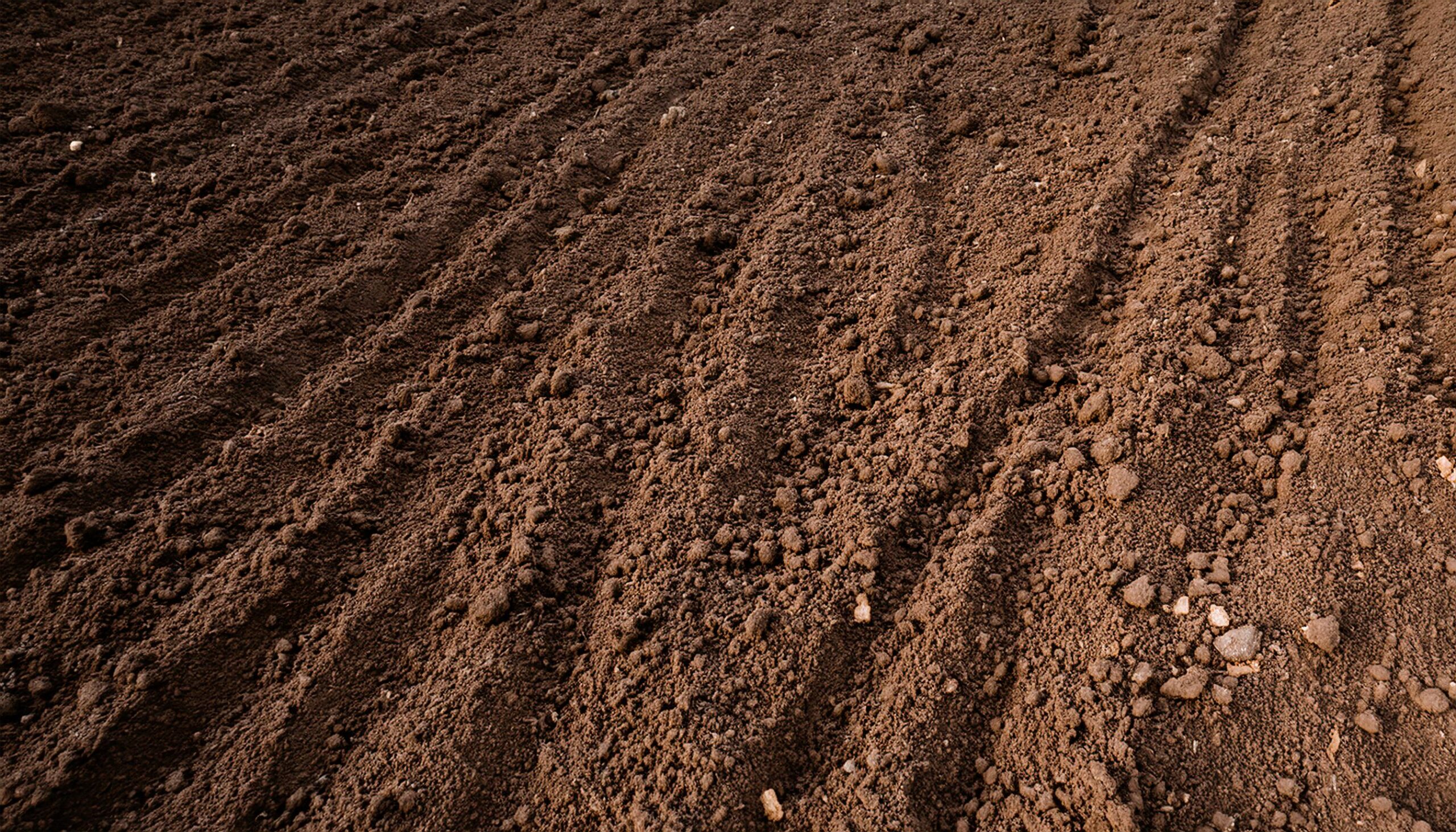Before any construction or civil engineering project begins, understanding the soil characteristics is extremely important. Soil mechanics testing helps engineers determine properties such as shear strength, compressibility, and permeability, all of which are vital for designing stable foundations and structures. However, to make certain that these tests are reliable and the data is meaningful, they must follow standardized methods. This is where ISO standards come into play.
ISO standards, particularly the ISO 17892 series, establish a globally recognized framework for soil mechanics tests. These standards make certain that testing procedures are consistent across different laboratories and regions, providing reliable data that can be compared and trusted. Without these guidelines, the risk of variability in test results increases, which could lead to inaccurate assessments and potentially unsafe construction projects.
The Role of ISO Standards in Soil Mechanics Testing
Across the globe, ISO standards play an important role in standardizing soil mechanics testing. By providing a consistent framework, these standards assist in ensuring that test results are comparable, reliable, and accurate, regardless of where they are performed. This is crucial in projects involving international collaboration or requiring stringent safety measures, where the slightest inconsistency in soil data could lead to significant risks during construction.
One of the most widely referenced standards in this field is the ISO 17892 series, which outlines methods for determining soil properties such as density, permeability, and shear strength. These tests are necessary for understanding how soil behaves under different conditions, such as during heavy loads or environmental changes. By following ISO guidelines, engineers can be assured that their soil assessments meet the highest levels of quality control, reducing the chance of errors that could compromise project safety.
Furthermore, these standards offer detailed protocols for field and laboratory testing. This includes everything from the proper way to collect soil samples to how tests should be conducted and reported. Uniformity is particularly significant in large-scale infrastructure projects, where data from different sources must be combined to inform design decisions. Without ISO standards, it would be difficult to verify that soil testing methods and results are consistent across different teams and regions.
Improving Soil Data Accuracy and Reliability
Soil data accuracy is paramount to construction safety and success. ISO standards help make sure that soil mechanics data is reliable and accurate by providing clear and consistent testing protocols. This consistency is vital for producing comparable results across various projects, regardless of location or soil specifics.
Using these standards, engineers can trust that the methods used for determining properties such as soil density, permeability, and shear strength are free from discrepancies. Tests like the Standard Penetration Test (SPT) and Triaxial Test are commonly used to evaluate soil strength and load-bearing capacity. ISO standards define the procedures for these tests in detail, covering aspects like sample handling, equipment calibration, and reporting methods. The data collected in this manner can be used reliably in the design and evaluation of structures.
Moreover, the standardization of these testing methods reduces human error, resulting in a higher level of precision in the results. Consistent sample preparation, proper equipment calibration, and compliance with specific testing conditions minimize variability, allowing engineers to make informed decisions based on trustworthy data. Keeping this level of accuracy is particularly important when it comes to large-scale infrastructure projects, where even the slightest error might lead to costly design failures or safety hazards.
Leveraging ISO-Compliant Equipment for Soil Analysis
Soil mechanics testing accuracy and reliability are not only dependent on standardized procedures but also on the quality of the soil testing equipment used. High-precision tools are required for performing tests that meet ISO standards, as they make sure that each step of the testing process is carried out accurately. Equipment like advanced triaxial testing systems are indispensable in assessing soil shear strength under controlled conditions, providing engineers with the data they need to make informed decisions.
Triaxial systems are particularly helpful in soil mechanics testing, as they allow for the simulation of a variety of stress conditions that soils will face in the field. By enclosing the soil sample in a pressurized chamber and applying axial loads, these systems replicate real-world stress scenarios, giving engineers insights into how the soil will behave under load. The data generated by these tests is imperative for designing foundations, retaining walls, and other critical structures. Without accurate triaxial testing, engineers would lack the essential information needed to ensure project safety and stability.
ISO-compliant equipment also promotes consistency and reduces errors. High-quality soil testing equipment performs tests and records data with precision, making the entire process more reliable. Automated systems, for instance, minimize human intervention, further improving accuracy. In compliance with both ISO standards and using advanced equipment, laboratories can produce consistent, reliable data that meets the rigorous demands of modern construction and geotechnical engineering.
ISO Standards for Soil Mechanics Testing
ISO standards are indispensable in maintaining soil mechanics testing consistency, reliability, and accuracy across the globe. By providing a clear framework for conducting these tests, they provide assurance that the data gathered is not only comparable but also trustworthy, enabling engineers to make informed decisions that prioritize safety and efficiency. From specifying the correct procedures for laboratory and field tests to guiding the use of advanced soil testing equipment and triaxial systems, ISO standards reduce the likelihood of errors and variability in results.
Moreover, high-quality equipment that complies with ISO standards is fundamental to accurate soil data. Automated systems and precision instruments guarantee that tests are performed with minimal human error, further increasing results reliability. As construction projects continue to grow in complexity, the role of ISO standards in soil mechanics testing will remain central to making sure that infrastructure is built on solid, reliable ground. Meeting these standards and using the right equipment is not just a regulatory requirement but a key step toward ensuring engineering projects’ success and safety worldwide.

